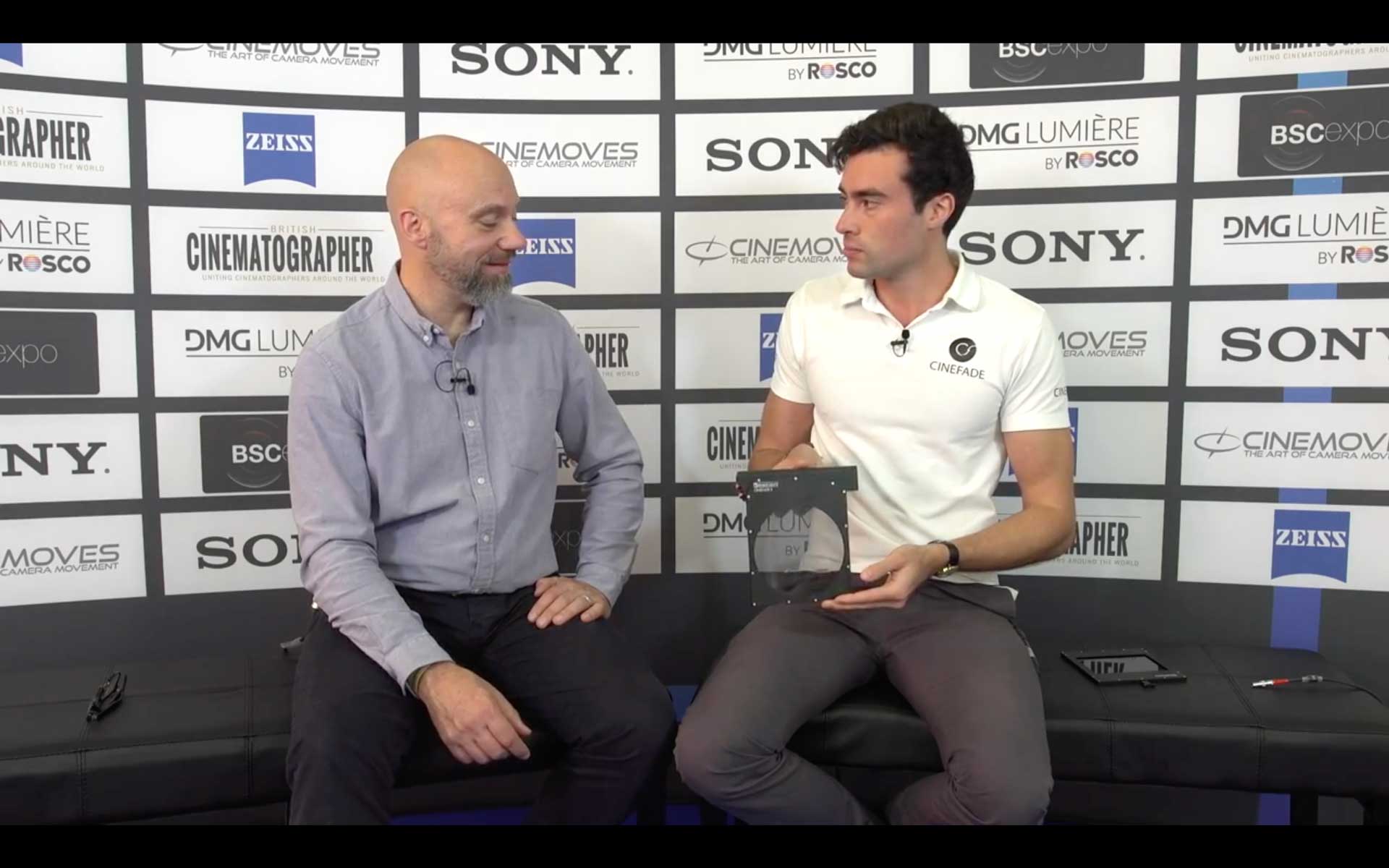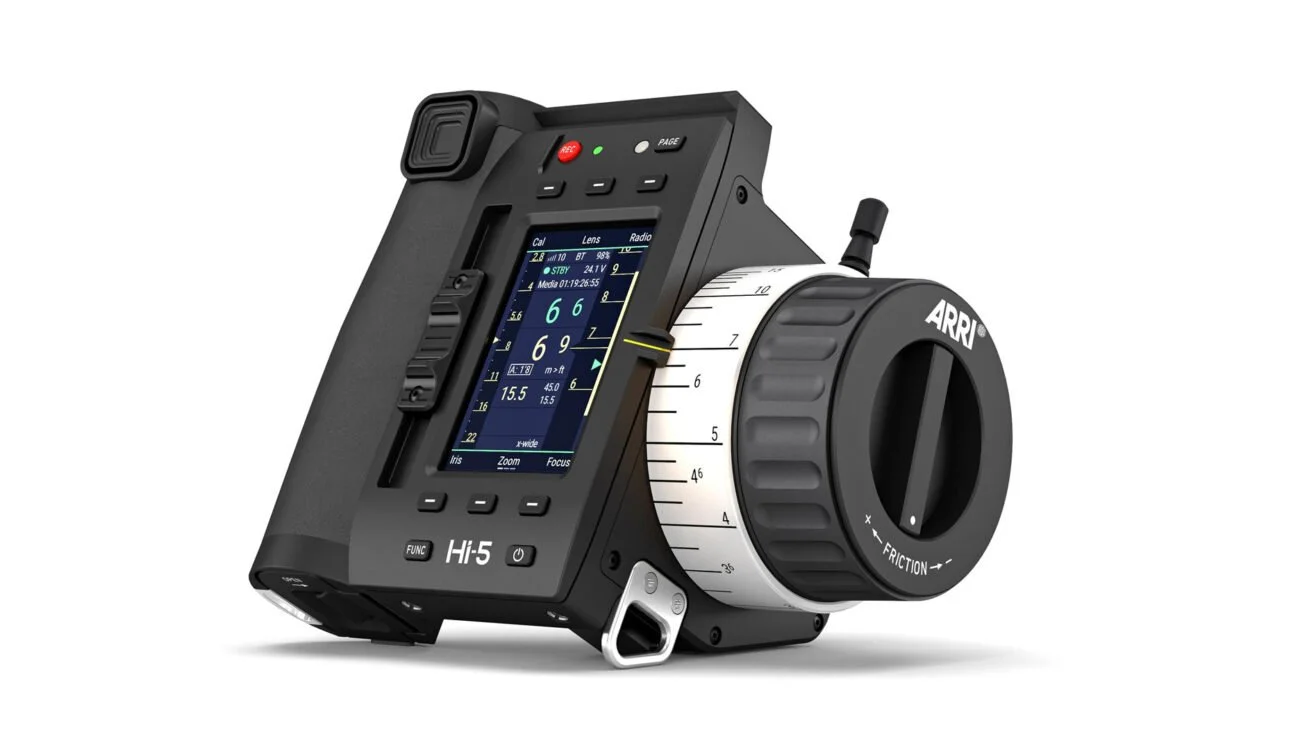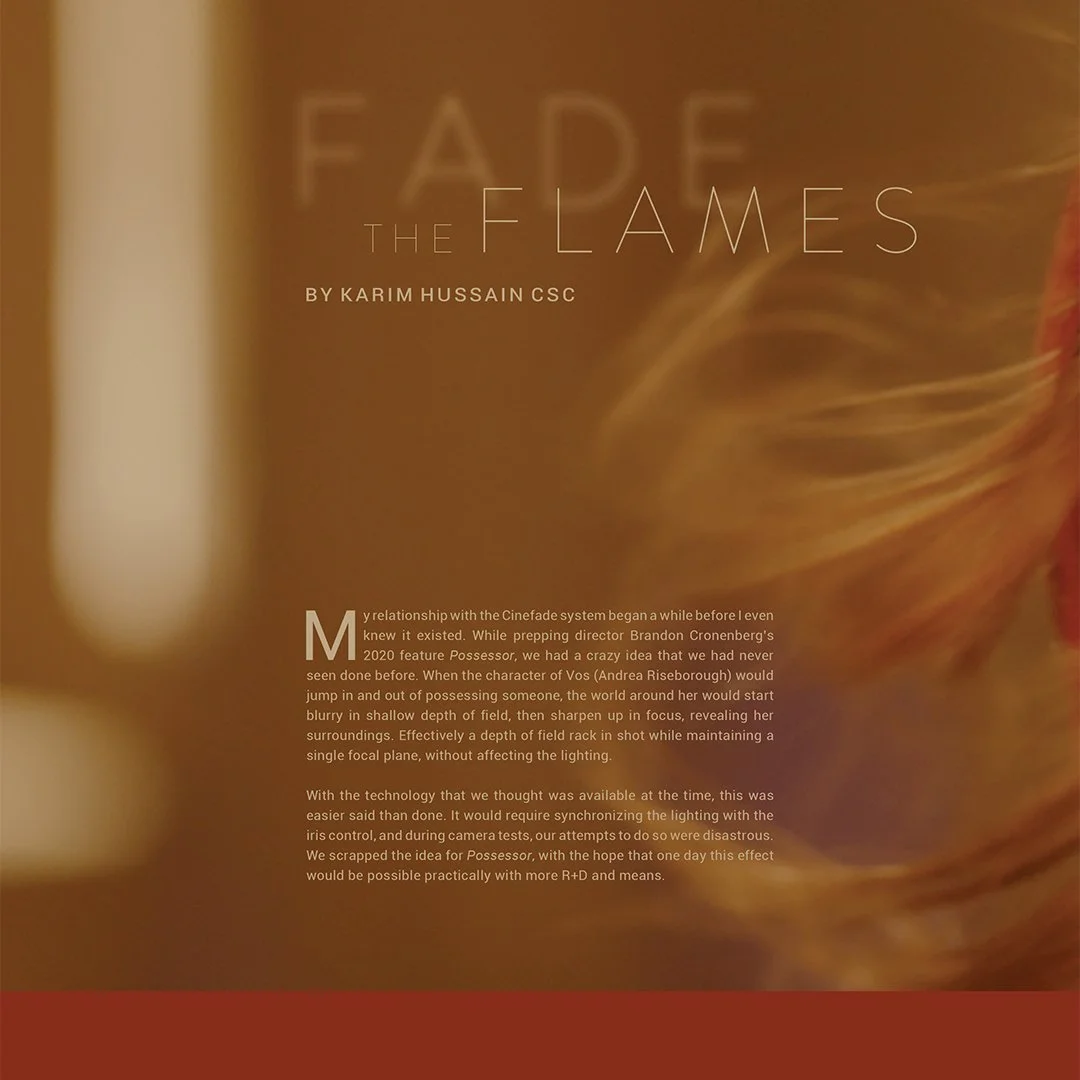The Cinefade VariND and upgraded Cinefade Vari360 are now fully compatible with the ARRI Hi-5 lens control system via the Hi-5 Cinefade license key.
The Hi-5 Cinefade license is available from the ARRI Shop for €350. Once the license is installed on your Hi-5 hand unit, you can use all Cinefade features — the variable depth-of-field effect, VariND mode, and RotaPola mode — just as you would with a cmotion cPro lens control system.
Read More



































